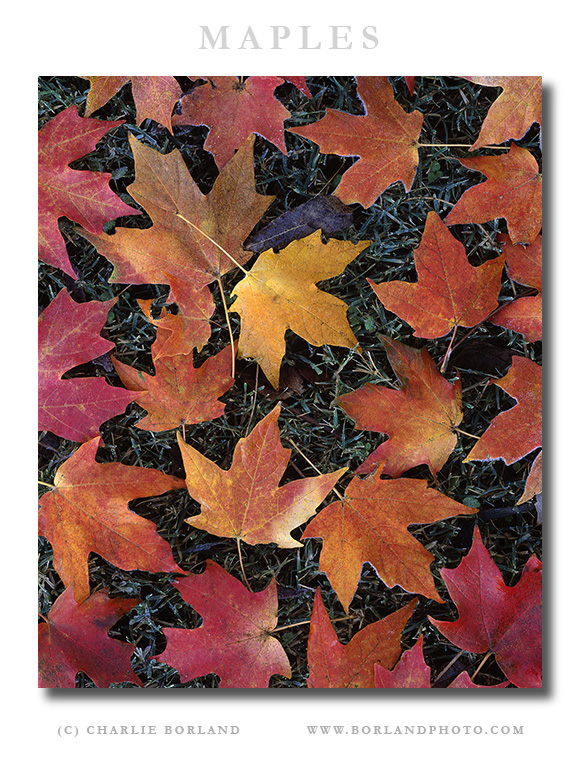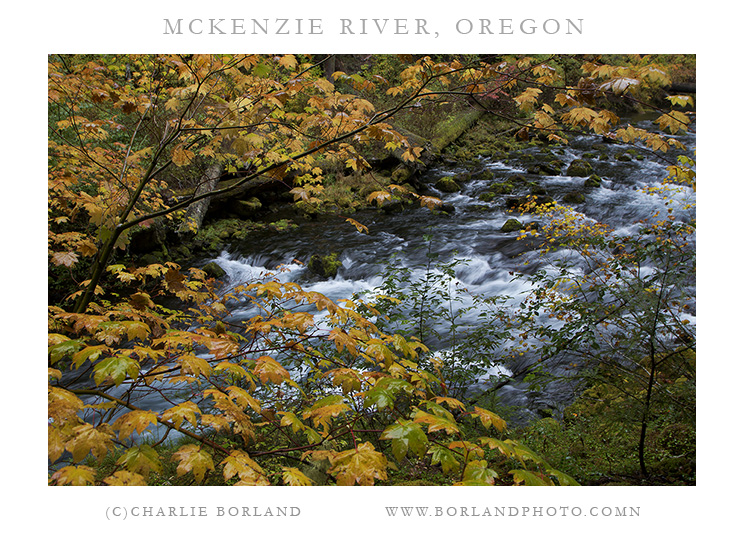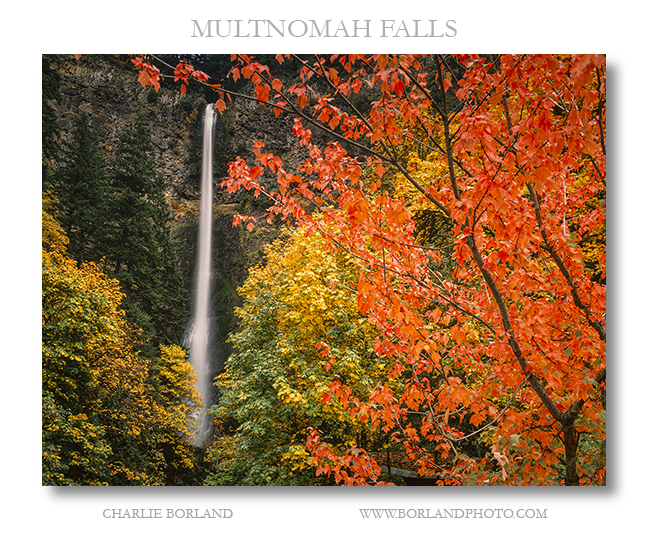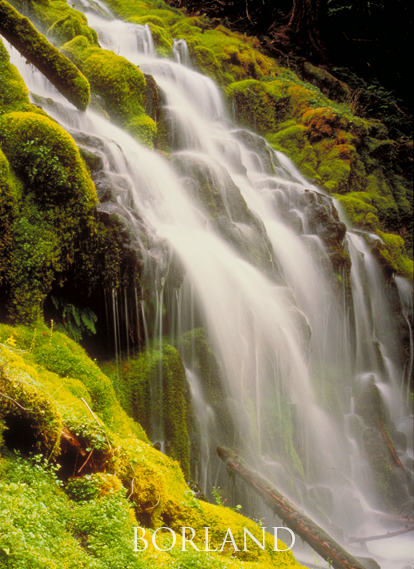When it comes to outdoor photography, many photographs have a star subject in them. It could be anything in the scene and often it is something that caught your eye.
Sometimes the star of the photo is obvious and other times it is not. When I find a star to photograph I often look for other features in the landscape that support the star and when those work well, you have a well composed image.
But in today’s digital world, composing and capturing the star and the supporting elements, is only half the process to a great photo. The other half of the process is in the digital darkroom. That is where you complete what you started in the field and that is the case here with this image.
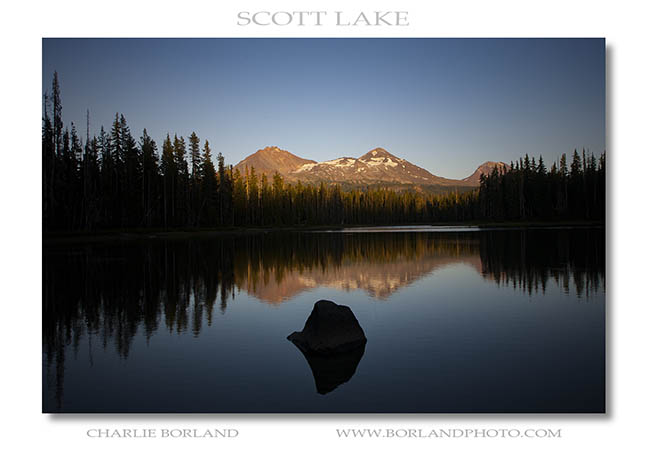
Scott Lake in the Oregon Cascades is a popular viewpoint for nature photographers. I was up there several times over the last month and captured this image on the first visit in July. We are in a terrible drought so the water was very low. That is of course terrible but also a blessing because this rock is right up close to the shoreline as a result of the low water and makes a great foreground element.
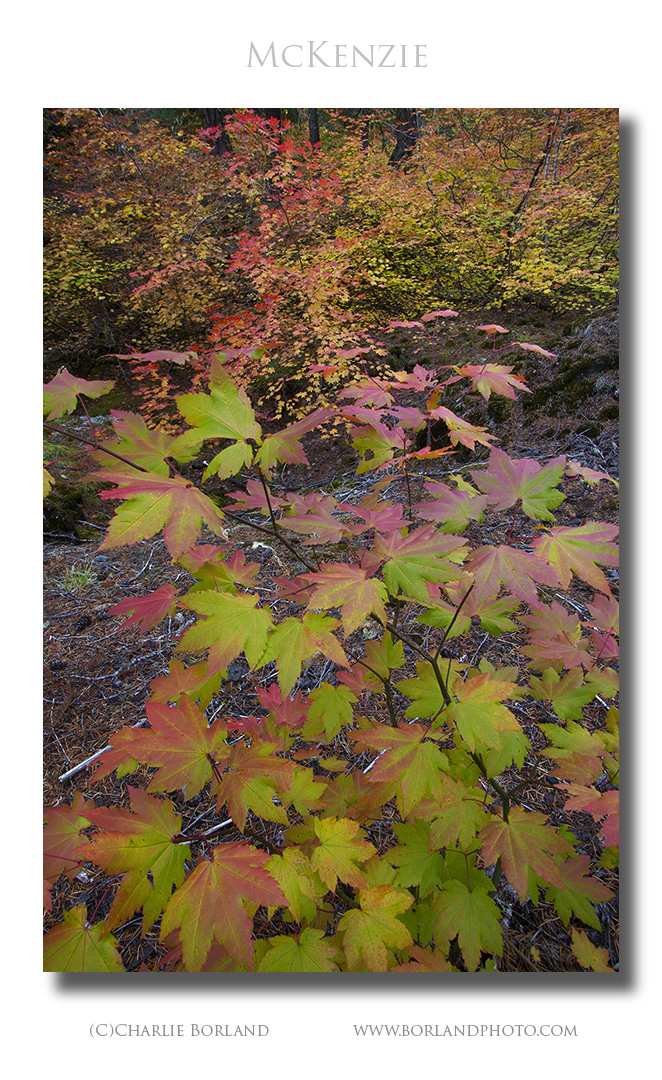 When photographing wide-angle landscapes, often the goal is to make sure everything is in sharp focus. The reason is that usually, we do not like to look at out of focus areas of our scenes. While that shallow depth of field can be a powerful technique to get viewers to look at something in your composition that deserves all the attention, wide-angle landscapes can be more powerful when everything is sharp.
When photographing wide-angle landscapes, often the goal is to make sure everything is in sharp focus. The reason is that usually, we do not like to look at out of focus areas of our scenes. While that shallow depth of field can be a powerful technique to get viewers to look at something in your composition that deserves all the attention, wide-angle landscapes can be more powerful when everything is sharp. When photographing wide-angle landscapes, often the goal is to make sure everything is in sharp focus. The reason is that usually, we do not like to look at out of focus areas of our scenes. While that shallow depth of field can be a powerful technique to get viewers to look at something in your composition that deserves all the attention, wide-angle landscapes can be more powerful when everything is sharp.
When photographing wide-angle landscapes, often the goal is to make sure everything is in sharp focus. The reason is that usually, we do not like to look at out of focus areas of our scenes. While that shallow depth of field can be a powerful technique to get viewers to look at something in your composition that deserves all the attention, wide-angle landscapes can be more powerful when everything is sharp.
